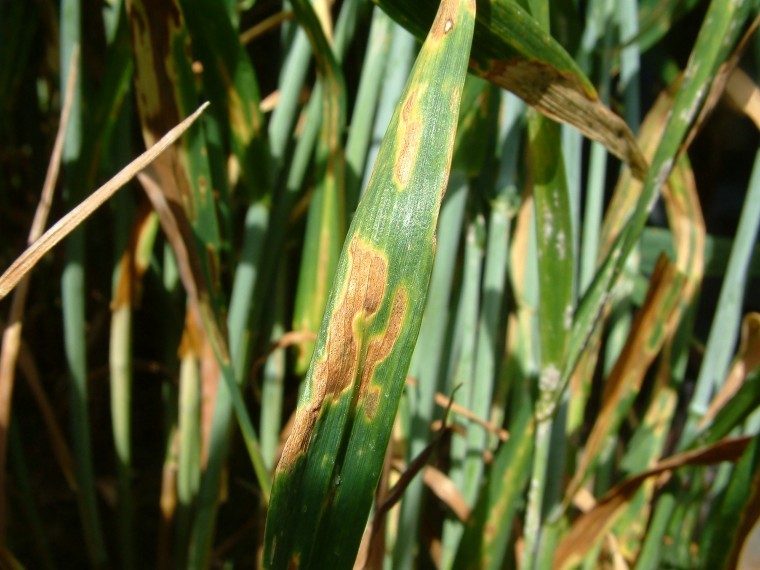Prevention is rated highly when it comes to tackling the UK’s major wheat disease of Septoria, but the ability to cure the disease may be overestimated.
Those were key conclusions from a new industry poll of nearly 60 UK growers, agronomists and researchers conducted by Syngenta.
Results showed a massive 84% of respondents associated preventative control with the aim of a good disease control strategy.
In addition, three quarters of respondents (74%) recognised that over the years fungicide curativity had decreased.
However, when it came to the detail of curing infection, many could be overestimating the level of curative activity available, says Syngenta fungicide campaign manager, David Ranner: half of respondents (49%) expected to get more than a week’s curativity from a full rate SDHI/triazole mixture and 39% expected to get two weeks or more.
“Triazole fungicides that are used widely do still have some curative activity against Septoria tritici,” says Mr Ranner, “but it’s now only about 20-30% compared with 80-90% that we were getting 18 years ago.
“SDHI fungicides also offer some curative activity. However, even with a combined SDHI/triazole mixture it is still expecting a lot to get curative control two weeks after infection has started, and possibly even a week after in some situations.
“Less than seven days is probably more realistic. Nowadays we should really be aiming for Septoria prevention. This is a function of applying fungicides on time and choosing persistent Septoria fungicides that offer long-lasting protection.”
Encouragingly, Mr Ranner says 76% of respondents in the poll felt fungicide persistence was more important than fungicide curativity, with 88% of respondents expecting to get 2-4 weeks’ persistence from a full rate SDHI/triazole co-formulation, and 9% expecting longer.
“A good fungicide applied before infection at the right dose should indeed deliver a number of weeks’ protection,” says Mr Ranner. “Trial results with the SDHI/triazole co-formulation, Elatus Era, for example, showed it was still maintaining green leaf area six weeks after application.
“Curative activity is also heavily related to fungicide dose rate: the higher the dose, the greater the curative activity. The problem is people often look for the most curative product then apply it at a lower dose rate.
“Treating preventatively would make a bigger difference to Septoria control than treating curatively and selecting between different fungicide products.”




